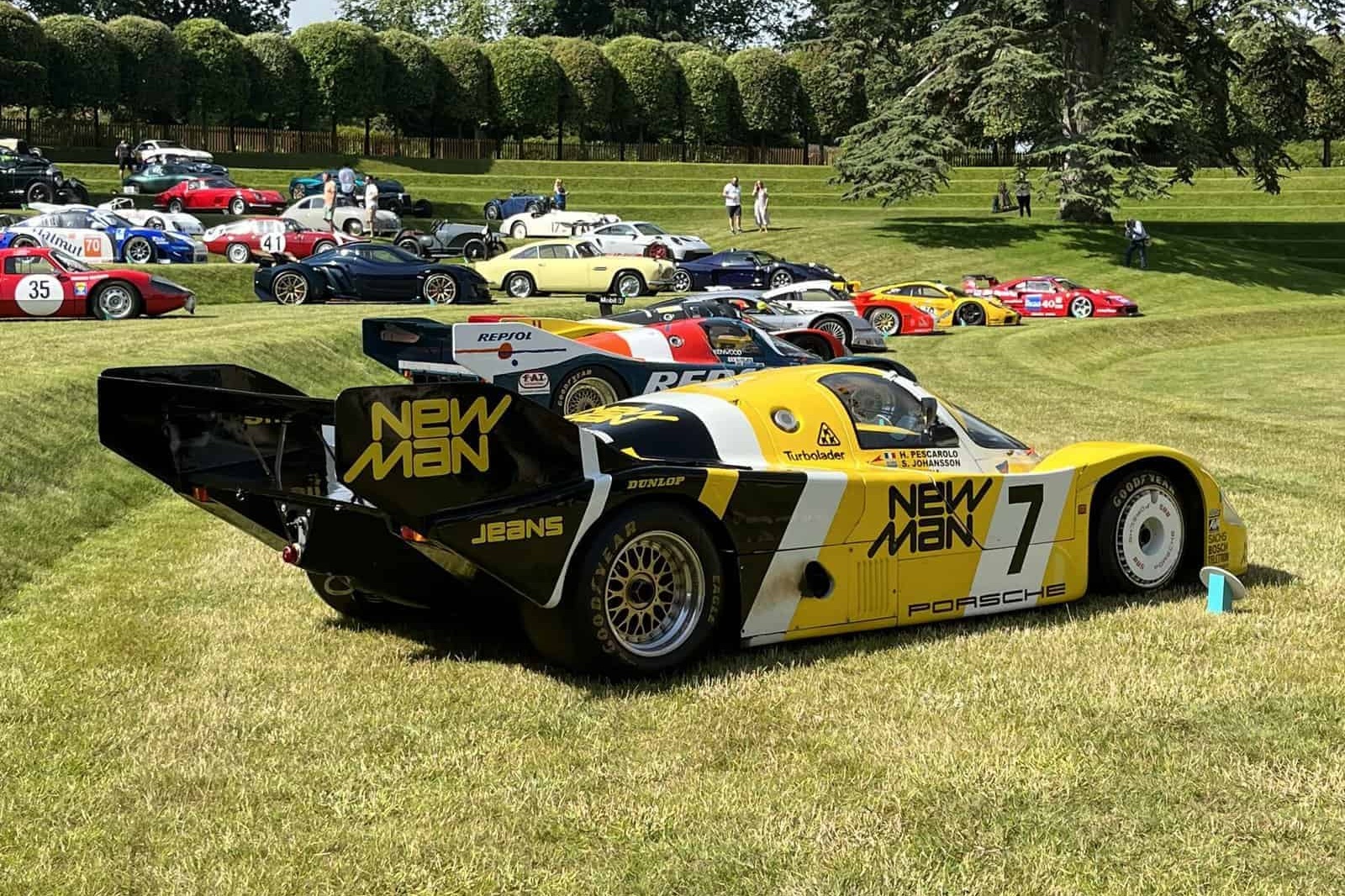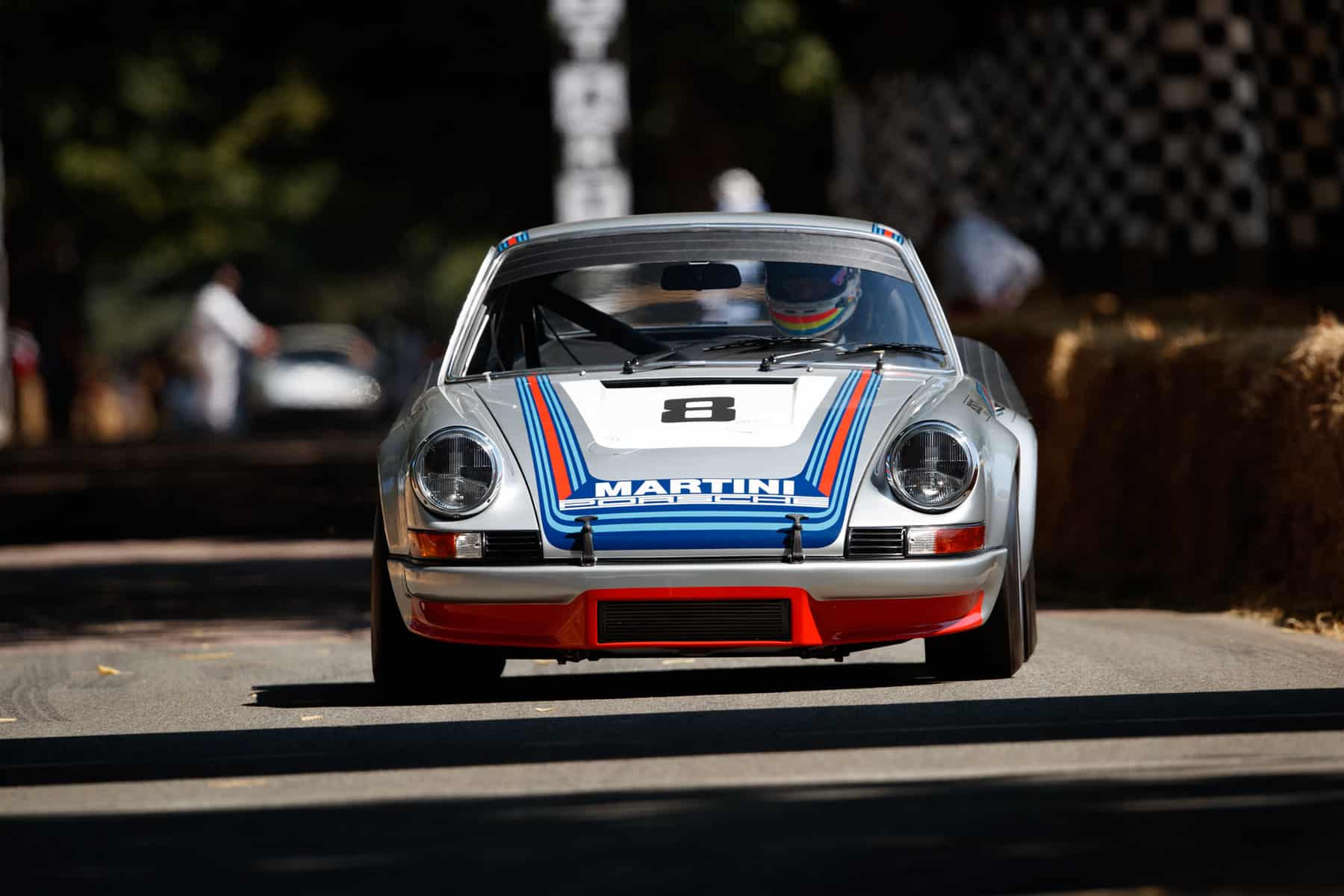Hot Chocolate
The super Chevron B26 races on
BY: WOUTER MELISSEN
Some racing cars are simply known by their nickname. This is certainly the case for the Chevron B26 sports racer, commonly referred to as “Chocolate Drop.” The last of nine B26s constructed for the 1974 season, this particular and rather brown Chevron may very well be the most famous of all cars built by the specialist manufacturer founded by Derek Bennett in the mid-1960s. “
Derek was amazing,” longtime Chevron racer Brian Redman recalls. “He was a self-taught engineer with an inherent feel for what would and would not work in a racing car.”
Redman was an instrumental part in the early years of Chevron: “I first met Derek in 1967 when driving David Bridges’ B5 – BRM two-liter engine. Subsequently, I drove the factory BMW-engined B8 including taking one to the South African Springbok series in 1968.” He continues: “With Derek, I did much of the testing of the new B16 in 1969. Derek and I would test the car at Oulton Park, would agree on an improvement, then back to the Bolton workshop went Derek, Paul Owens and the crew, work on it that night and back the next morning for more testing.” The work paid off as Redman scored a debut win at the Nürburgring 500 km race. Clinching a debut victory would become a bit of a Chevron specialty.
While the B16 Coupe is one of the most highly regarded Chevrons, it was quickly eclipsed by the new-for-1970 Lola T210 Spyder, which debuted at the first European 2-Litre Sports Car Championship at Paul Ricard. Redman recalls: “I tried to get Derek to re-body the B16 but he couldn’t, as he was busy delivering new B16s to customers. In August he agreed, saying he had no money for aerodynamic testing.” Redman was also a Porsche works driver at the time and had just won the Targa Florio with the open 908/03: “I advised he copy the Porsche 908/03 as they had already done the work.”
The mid-season conversion nearly paid off immediately, Redman explains: “The re-bodied B16 known as the B16/S (Spyder) was ready for the Nürburgring 500 KM in September where we were leading by two and a half minutes when it caught fire and was badly damaged.” Miraculously, Chevron mechanics with Paul Owen in charge managed to repair the car in just seven days, so Redman could take the fight to Lola in the final round of the championship at Spa. He would go on to beat Lola’s lead driver Jo Bonnier on the final lap and proudly recounts: “Chevron won the European Championship by one point over Lola.” That day, Redman set a lap time that was three seconds faster than he had done with a three-liter Porsche 908/02 the year before.
The new Spyder was developed into a customer car and offered as the Chevron B19 from the 1971 season onwards. Two further evolutions were produced: the B21 in 1972 and the B23 for 1973. Each version featured a more advanced aerodynamics package, but under the fiberglass panels there was still a steel spaceframe chassis of which the origins could be traced back to the first Chevron sports cars. While the aluminum sheets were bonded and riveted to the tubular frame for additional rigidity, the reinforced spaceframe was not quite as rigid or light as the aluminum monocoque chassis used by rival Lola.
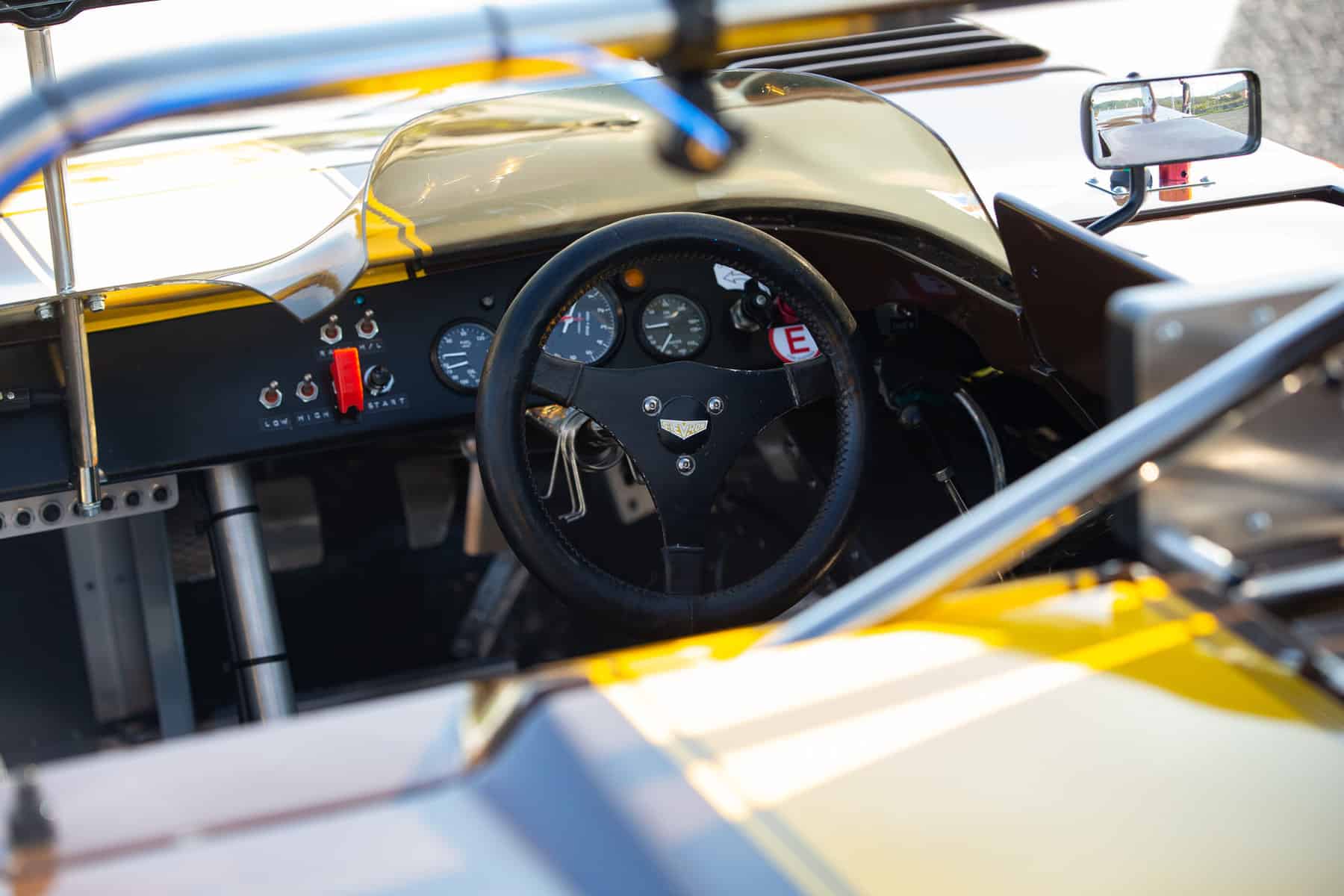
To get back on par, Bennett, somewhat reluctantly, had to start with a clean sheet for the first time in several years. By the first week of October, the new B26 was ready for testing. Crucially, it featured a sheet-aluminum monocoque. Bolted to the rear bulkhead of the monocoque was a tubular frame to support the engine, gearbox, and rear suspension. Some time was saved during the development process by carrying over the rear suspension from the B25 Formula 2 car. The fiberglass bodywork was an evolution of the B23’s design with the addition of a full-width rear wing.
The B26 was designed to accept a variety of four-cylinder engines to suit the particular needs of the individual customers. The engine of choice for the B26 used by the works team was a Ford-Cosworth BDA, prepared by Brian Hart. Displacing close to the two-liter displacement limit, Hart’s version of the BDA was good for around 280 hp. Regardless of the choice of engine, a Hewland five-speed gearbox was fitted to transfer the power to the rear wheels.
Derek Bennett himself was behind the wheel of the B26 during the early tests. He was a staggering three seconds faster around the Croft Circuit than with the spaceframe and wingless B23. A few weeks later, the new B26 made its competitive debut in South Africa, entered in the Kyalami 9 Hours for John Watson and local racer Ian Scheckter in the ever-striking Team Gunston colors. The B26 proved blisteringly fast with Watson and Scheckter looking set to score the outright victory until the engine expired due to overheating. Two weeks later, Watson and Scheckter did win, at Killarney, with a three-lap margin over the second placed Lola T292. Due to the oil crisis, the rest of the Springbok Series was canceled, ending the B26’s African adventure prematurely.
Back in Europe, the next appointment for the B26 was the 1974 Two-Litre Championship. Understandably, there were high hopes but the new Chevron struggled against the Renault-backed Alpine A441s. These were fitted by a hugely powerful, purpose-built V6 engine that gave the French cars an edge. There was little Chevron and the manufacturer’s customers could do to take on the Alpine team, which fielded no fewer than three cars in the series. The French squad won all seven races, putting the final nail in the coffin for the once very popular European Two-Litre Championship.
Engine builder Brian Hart had not been sitting idly by. He had developed a new, all-alloy, four-cylinder engine. Known as the Hart 420, it was around 15 kg lighter yet 15 hp more powerful than ‘his’ Cosworth BDA ‘four’. The new Hart engine featured twin overhead camshafts and four valves per cylinder. Looking for a car to demonstrate his new engine in, Hart approached Bennett. The two agreed to fit the 420 in a brand-new Chevron B26. Although this was the ninth and last B26 built, it was tagged chassis B26-74-10.
The Hart-engined Chevron was clothed in a set of panels that were coated in a rather unusual color of brown. “The ‘Chocolate Drop’ came about because a customer ordered a car in that color – then canceled the order!” Redman recalls the choice for this color. “So Chevron used the already painted body rather than strip and repaint!” A yellow stripe was added for sponsor Duckhams, while the B26 also featured a prominent and very appropriate “Hartpower” logo. ‘Chocolate Drop’ was ready to go just in time for the May 1974 Interserie race at Silverstone.
By that time, Redman had briefly retired and upon his return was racing predominantly in North America: “In 1970 I made a foolish retirement to South Africa and came back four months later. The only drive available was for Sid Taylor in an F5000 McLaren M18. This was not a very good car and at the end of the year (1971) I asked Derek if he could build a Chevron F5000. He replied that he could and ten weeks later the new B24 arrived.” Keeping up a Chevron tradition: “It broke the Oulton Park lap record first time out and won the first two races.” In 1973, it was Peter Gethin who drove the B24 to what remains the only ever win for an F5000 car in a Formula 1 race.
In what was effectively a shakedown for the new car, and more crucially new engine, it was Gethin who was tapped to drive the Hart-powered B26 at Silverstone. Going head-to-head with Porsche 917s and McLaren Can-Am cars, the car performed superbly. Gethin finished the race fifth overall and first in the two-liter class. The following week, it was entered in the World Championship round at the Nürburgring for Gethin and Watson. The latter set a lap time in practice that was an amazing seven seconds faster than the closest two-liter car. Sadly, the B26 was forced to retire from the class lead late in the race with a wheel-bearing failure. John Lepp then drove it in its only European Championship appearance, where he finished second and less than a second from the winning Alpine. It was the closest anyone had come to the French cars all year.
In September, Chocolate Drop was entered for the Brands Hatch 1000 km round of the World Championship. Gethin was behind the wheel again, joined for the occasion by Redman in what was the only time two of the manufacturer’s most successful drivers would drive a Chevron together. They were in a league of their own in the two-liter class and ran as high as second overall, splitting the dominant V12-engined Matras.
Redman remembers the race fondly. “The new Brian Hart 420R which behaved beautifully – with Brian encouraging us to ‘use more revs’ towards the end of the race!” Sadly a shock absorber failure saw the car lose eight minutes in the pits as team manager Paul Owens explains: “We broke the shaft at the top we used a thicker shaft after that, we were third overall at the time and catching second.” He also remembers Hart egging the drivers on: “Brian Hart increased the rev limit every pit stop to gain the place we lost.” In the end, Redman and Gethin finished fourth overall and first in class, a staggering fifteen laps ahead of the second in class, a Cosworth-engined B26.
Following the memorable class win at Brands Hatch, the car was shipped to South Africa to race in the winter. Now finished in the orange and red colors of local sponsor Gunston, it was entered in the World Championship round at Kyalami for Gethin and Scheckter. The car was on class pole once again but a rare engine failure saw the car retire from the race. The two-liter class was fortunately won by a sister, Cosworth-engined B26. Chevron ended the year fifth in the World Championship behind Matra, Mirage, Porsche, and Alfa Romeo, who all fielded three-liter cars.
At the start of the season, Chocolate Drop was sold to privateer Iain McLaren. Now powered by a more readily available and easier to service Cosworth engine, it was raced by McLaren with some success for two seasons. In 1976, he used the B26 to win the British Sports Car Championship. Its contemporary racing career then took an interesting turn as it was fitted with a Skoda silhouette body to compete in the British Super Saloon championship during the 1980s. In 1991, it was restored back to its original configuration and most importantly colors. Since then it has been owned by several major collectors and historic racers, who regularly campaigned the car.
Through dealer William l’Anson, it was acquired by English historic racer John Emberson in 2019, joining a stable of racing cars that already included a Chevron B8 and B19. How does the B19 and B26 stack up? “The B19 is the ultimate go-kart,” Emberson explains. “Amazing speed and handling, and as incisive as a scalpel. The B26 takes this a step further by taking some of Chevron’s first steps into aerodynamics. Despite being fairly rudimentary by today’s standards and without recourse to a wind tunnel the B26’s “wings and slicks” take the car to a new level. You can brake incredibly late and carry huge speed into the apex and this sweet handling car will then let you get back on the power really early. An amazing machine!” In preparation for the 2020 season, Emberson had the car carefully rebuilt by Foxcraft Racing.
Distinct for so many more reasons than its legendary livery, Chocolate Drop remains the first car powered by a Hart engine and the only Chevron ever shared by Brian Redman and Peter Gethin. Achingly fast, it also upheld the great Chevron tradition of winning straight out of the box. Motor sport is very fortunate that this, the most famous of Derek Bennett’s creations, has survived and can still be seen out on track regularly.
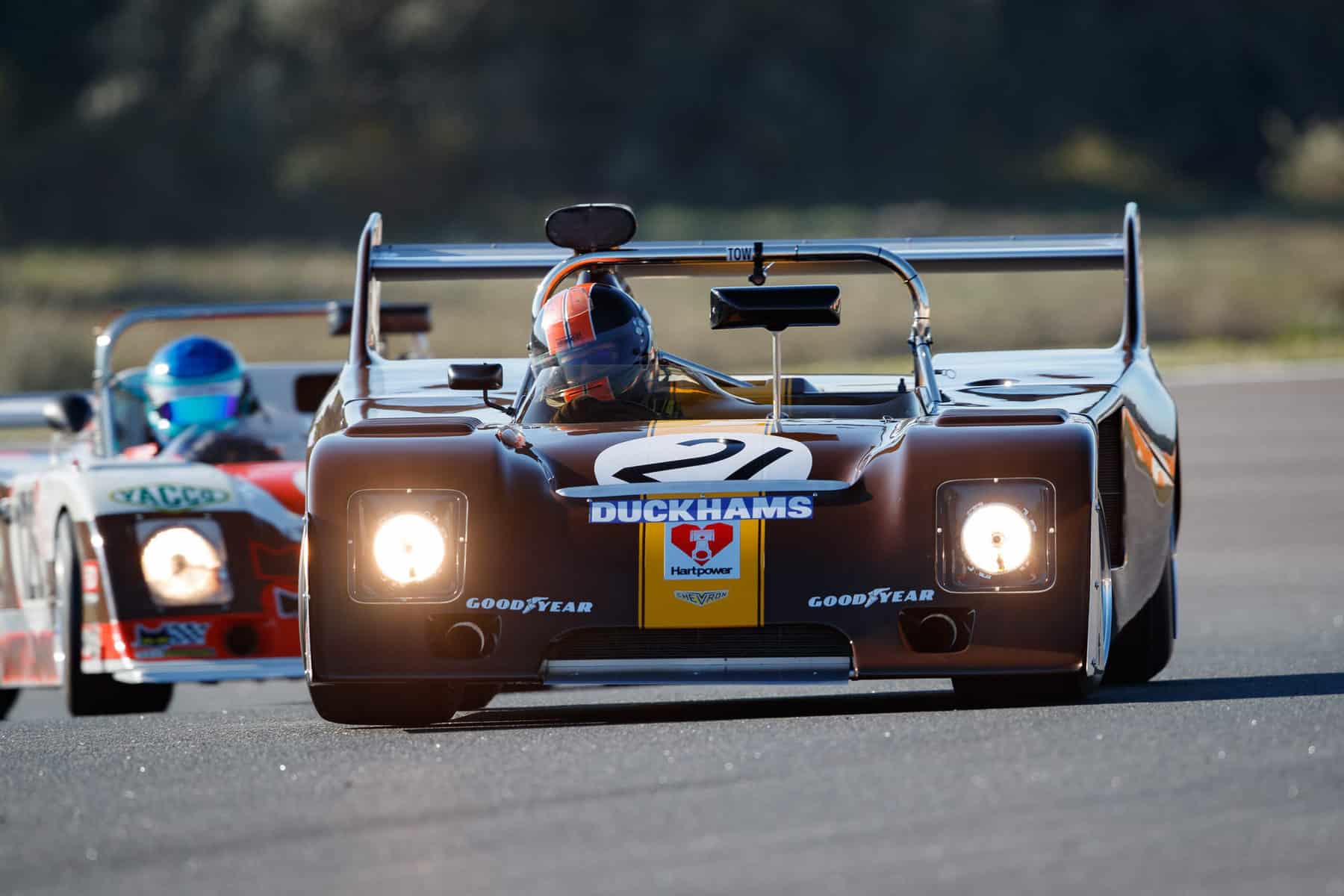
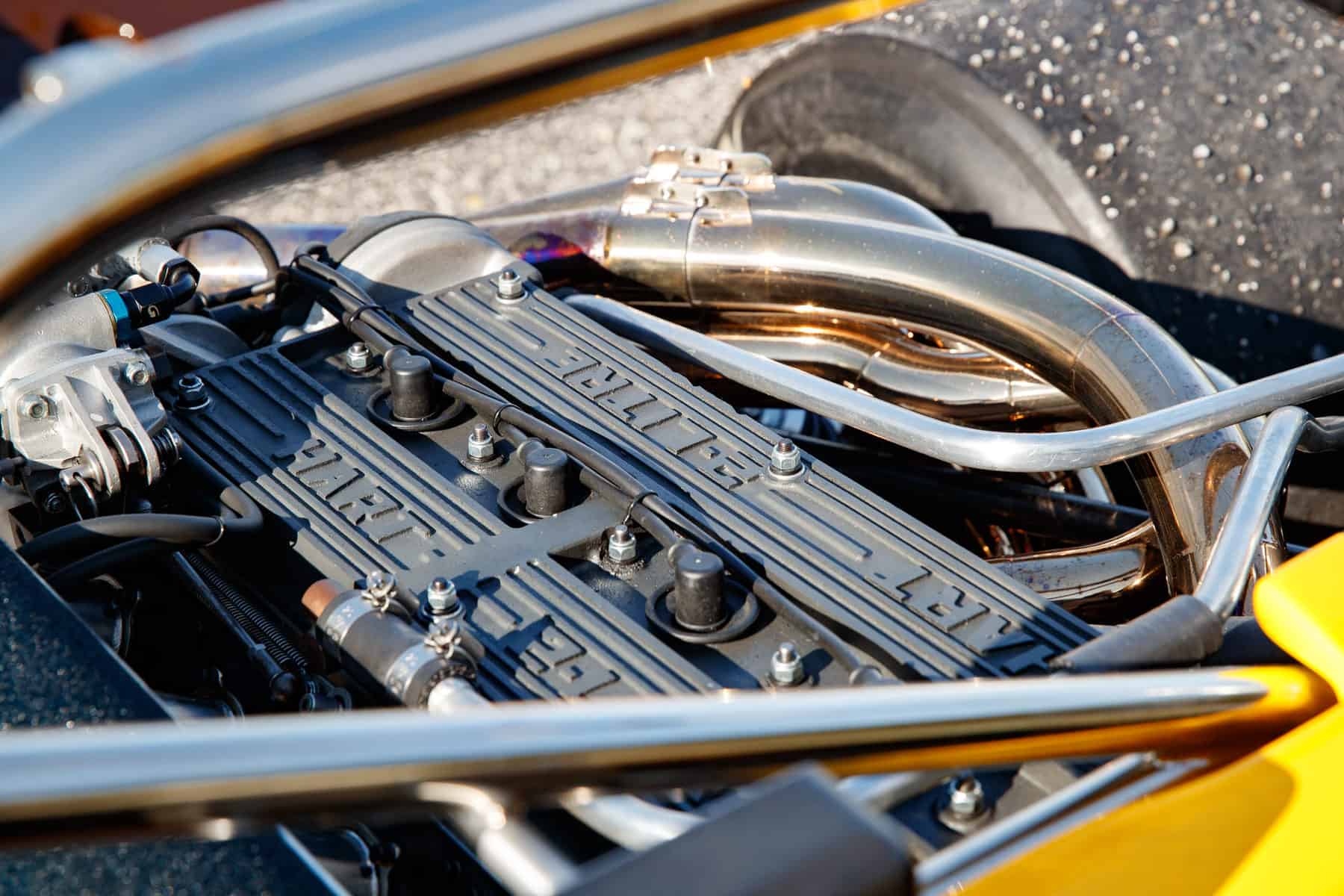



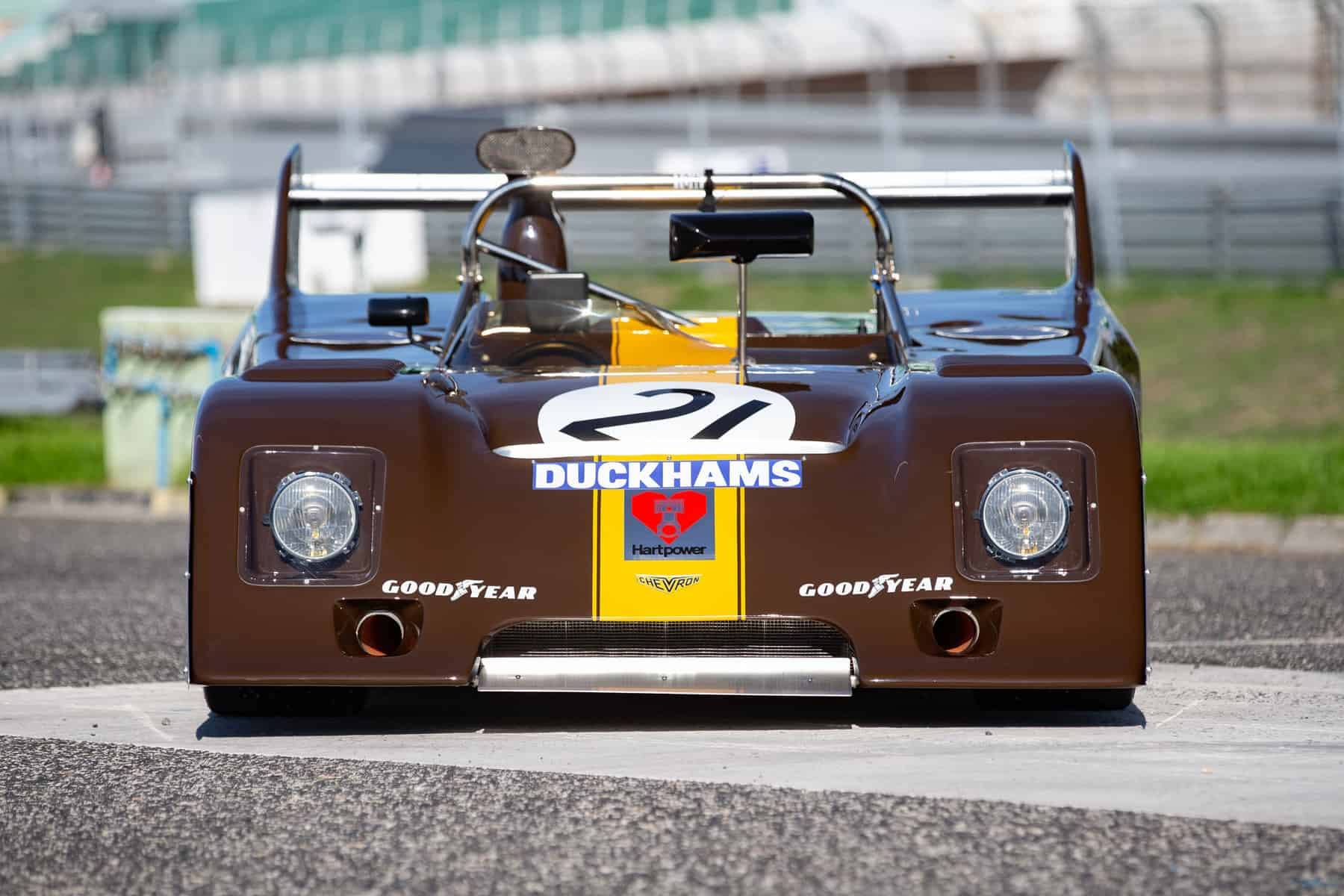


![alfa gtz perfectly imperfect webannerl[1]](https://automedia.revsinstitute.org/wp-content/uploads/2024/08/Alfa-GTZ-Perfectly-Imperfect-webannerl1-uai-1200x800.jpg)
